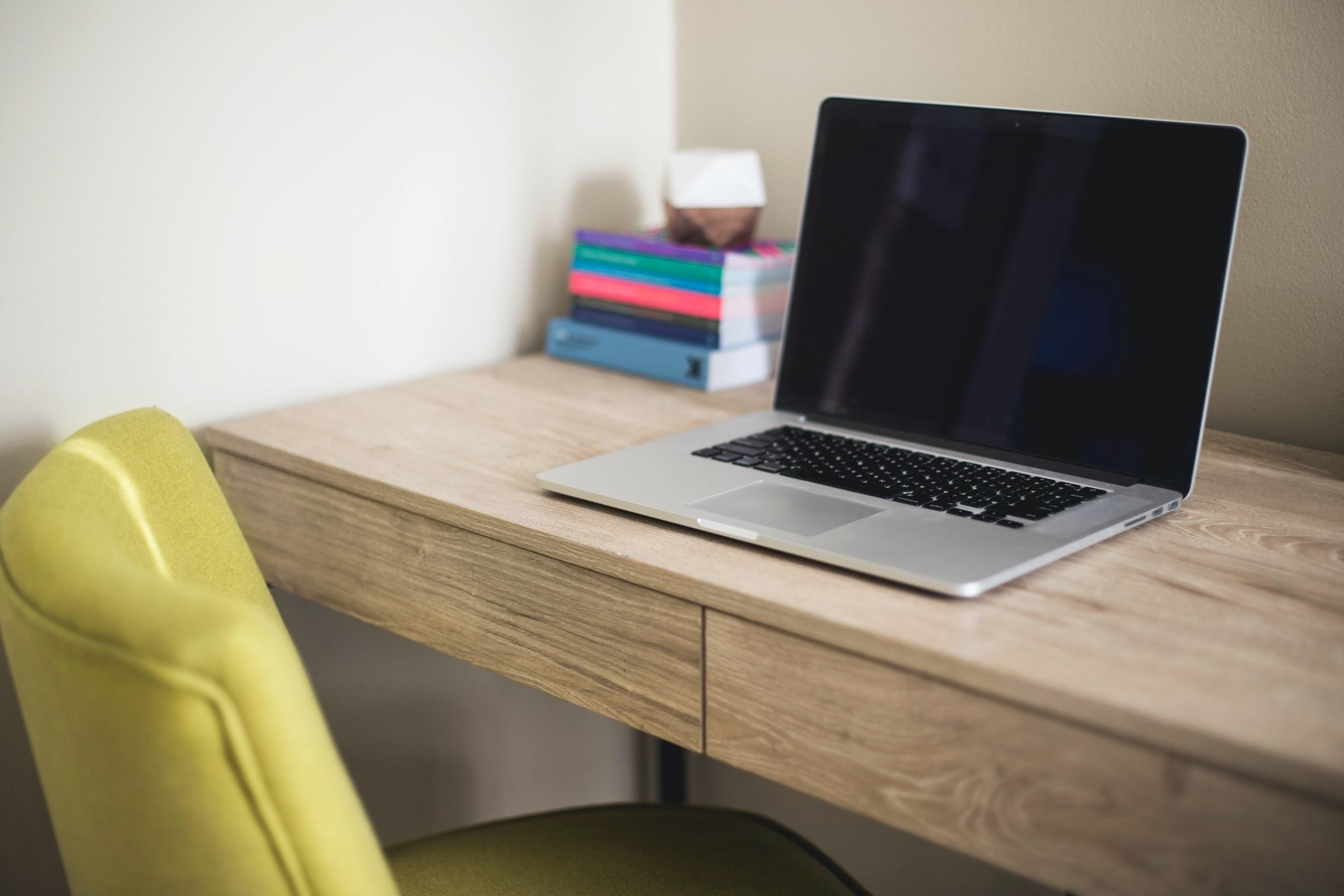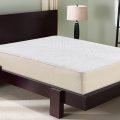Do you work from home and have realized that using the sofa as your workspace isn’t really working out? Sure, it might be comfortable for a few minutes, but eventually, it becomes extremely uncomfortable, not to mention it’s hard to be productive while lounging in the living room.
One of the most essential aspects of staying focused and producing good work as a remote worker is designating a space in which to do your work. And whether it’s in a spare room, a breakfast nook, or a closet, you can fit a home office into the smallest of living areas. Here are some tips from Alice Robertson of tidyhome.info to get you started on designing a home office and bringing it to fruition.
Start with a plan.
The first step is to plan your workspace. The office should be located somewhere that fits your working needs. For instance, if you need to be closer to your kids, setting up your workspace by the kitchen or living room might make sense. However, if you need a quiet space to focus, you might consider converting a spare room or other closed-off area into your workspace.
Once you know where you are putting your office, think about the equipment you need, such as a computer, desk, or chair (some quality chairs retail for under $100). Then brainstorm ideas for any furnishings, fixtures, and functional decor that could complete the space. Another thing to consider is lighting, such as whether you are set up by a window, need to add overhead lights or lamps, and so on.
Move onto budgeting.
Once you have a plan for your workspace, it will be easier to make a budget. Consider the amount of money you can spend creating your office, and make a list of the expenses that would be required in order to build the ideal workspace.
You may have to compromise a little bit on your vision and find ways to save money. For example, look around your home to see what items you already have that could be used for your office, shop for furniture, fixtures, and decor at thrift stores, and hit the dollar store for office supplies.
Think of anything you need a pro for.
While doing everything you can by yourself will save you money, there are some things that should be done by a professional. Factor in such tasks early when you are budgeting.
For instance, if you need electrical wiring and telephone jacks installed, that’s a job for the pros. Homeowners pay $165 on average for this task to be done, but your cost will depend on the extent of the work involved. For example, if the installer doesn’t have inter-wall access (as is common in older houses), the price will likely be higher.
Clear out the space.
When you’ve laid out your plan and have gone through the budgeting, it’s time to clear the area so that you can put in your home office. If it’s a really small space, this step should be quite simple. Declutter the space, moving out anything that will not be a part of your office, and do a thorough cleaning. You might also use this time to throw a coat of paint on the walls, add a rug, and/or do anything else that can boost the appeal of your workspace. Once this work is done, it’s time to move in your equipment, furnishings, fixtures, and so on.
No matter how small your living space is, chances are you can figure out how to fit in a home office. Come up with a detailed plan for your office, and develop a budget for everything your office will need, including any tasks that will require the services of a professional. Then, you’ll be ready to execute your plan and make your home office a reality




